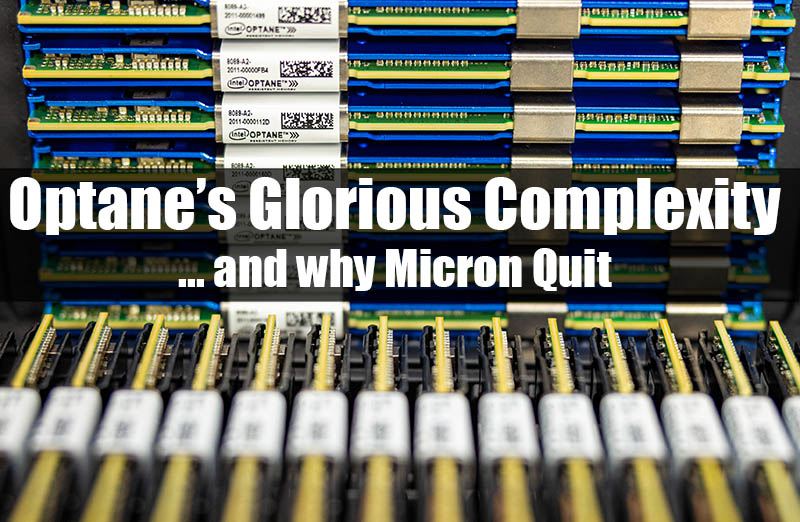Originally posted by cl333r
View Post
If you're new to io_uring, these docs are a decent primer:


Leave a comment: